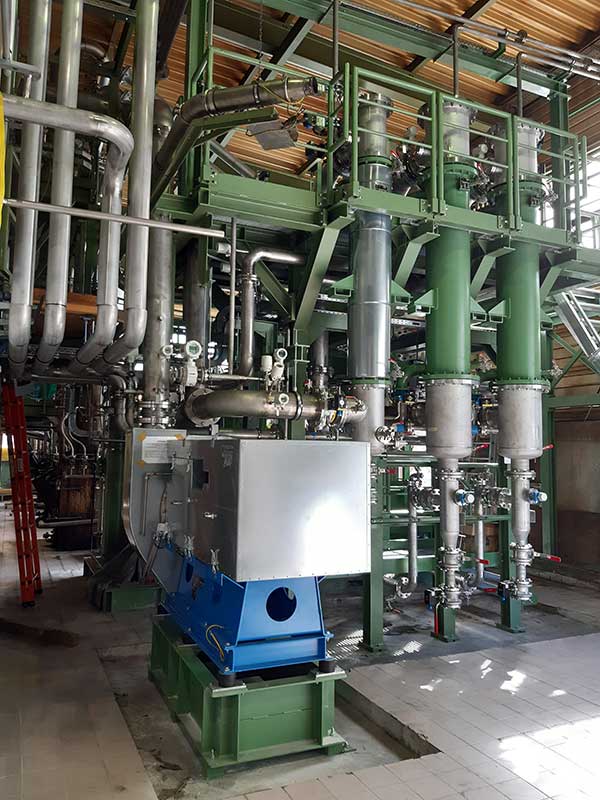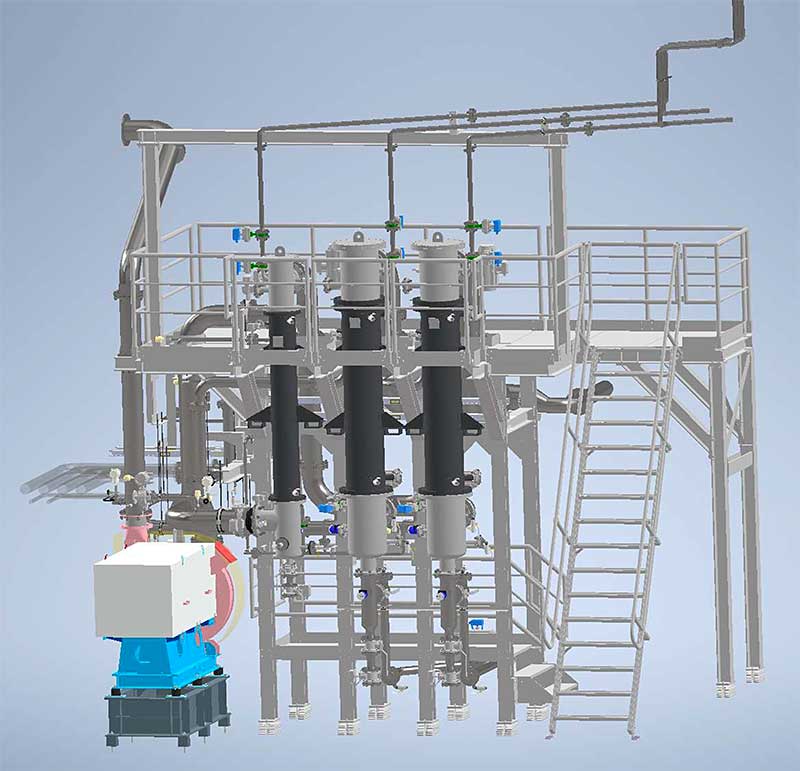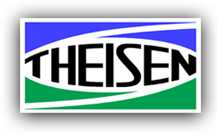Individual plant optimization
Instead of reinventing the wheel, we offer our clients CAPEX- and OPEX-optimized solutions. We have many clients who are well satisfied with their reliable, efficient and high availability THEISEN plants. We focus on standardisation by using well-proven technologies to minimize cost while maximizing operating performance.
Customer Orientation is Key
Each customer needs are unique, and so are the processes we design. As no two plants are like, we adapt our key components to the specific project needs. To achieve optimized performance requires attention to the many engineering details. We therefore aim to always be one step ahead and continuously work on transferring creative ideas into innovative developments. Working solutions – proven by intense practical testing.
Design verification in the THEISEN Technical Centre!
Closely linked to our production facilities we operate our technical centre THEA. Here testing, modification and optimisation of our key components takes place. Each machine receives comprehensive documentation concerning their functionality, reliability and performance data. Each Disintegrator has to pass several test runs under industry-like conditions to
- measure the characteristic curves of volume flow and pressure generation,
- measure the electrical power consumption at variable rotational speed and different washing water injection rates, and
- evaluate the vibration characteristics of the rotating machine.
Efficiency in Prototype Testing
Especially for new developments, the close interaction between technical centre and fabrication facility is very advantageous. Findings based on testing are immediately introduced as new technical solutions by our workshop. Respective improvements are again promptly checked by the technical centre. Our technical centre is the place for creativity and trials. If errors occur – than rather here, than at our customers.
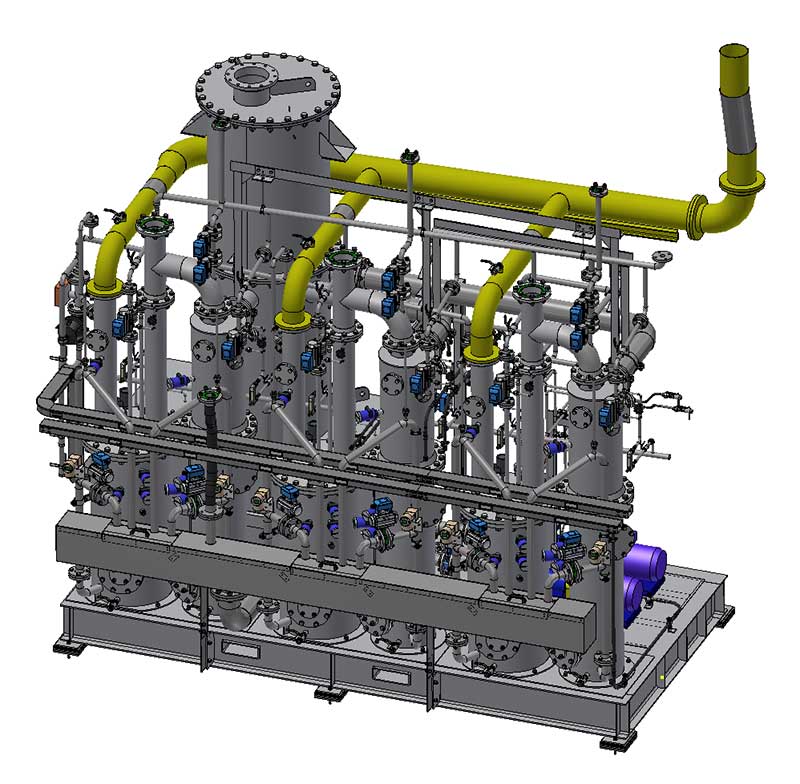
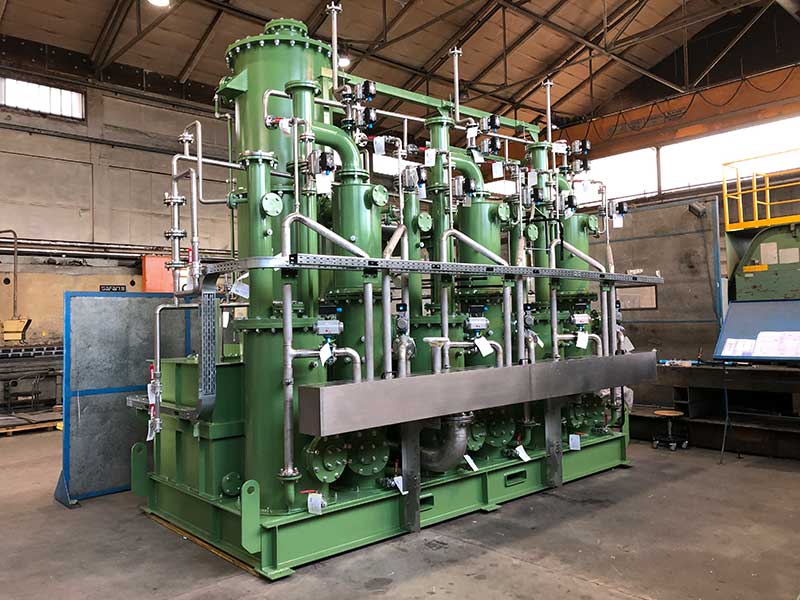
The upgraded THEISEN “Clean Gas Distribution System” was successfully commissioned in October 2019. Since then the new system has been operating absolutely trouble-free.
In 2020 the client appointed Theisen GmbH for the next phase of gas conditioning.
On exiting the Disintegrator scrubbing plant the process gas is water saturated according to its temperature. To prevent condensation of the water vapour in the downstream ducts and desulphurisation section, the moisture content in the process gas must be reduced. Theisen developed a system whereby the process gas is initially cooled to reduce the water vapour content by condensation and then it is reheated. A blower downstream the gas cleaning section drives the process gas via the desulphurisation section to the combustion section.
Two parallel shell and tube coolers provide the required cooling, with one in operation whilst the other is being cleaned. The coolers are in a vertical orientation with gas entry at the top and flowing through the tube bundle. The cooling water enters the shell at the bottom thus forming a counter current flow thus cooling the process gas and allowing a portion of the water vapour to form condensation. The gas and condensation are separated in the lower portion of the cooler with the condensation returning to the sump of the clean gas collector of the gas distributor via a heated pipe and the gas exits laterally. The volume of the cooling water is controlled by a VSD driven cooling water pump.
During the cooling some of the residual tar aerosols condense and are deposited on the tube walls, thus reducing the cooling efficiency over time. Periodically the cooler is taken out of production for cleaning of the internals of the tubes, whilst the standby unit is switched back into production.
Following the cooling process, a shell and tube heat exchanger is used to reheat the process gas thereby lowering its relative humidity. Similarly the gas enters at the top flowing through the tubes, with heating water entering at the bottom of the shell in counter current flow. As there is no more residual tar in the gas, only heat exchanger is required which can also be bypassed if ever required. The volume of the heating water is controlled by a VSD driven water pump.
A blower provides the required pressure increase to draft the gas through the desulphurisation section to the combustion. In future a water filled overflow valve to provide both back flash arrestor and overflow function to the emergency stack is to be installed between the desulphurisation and combustion sections.
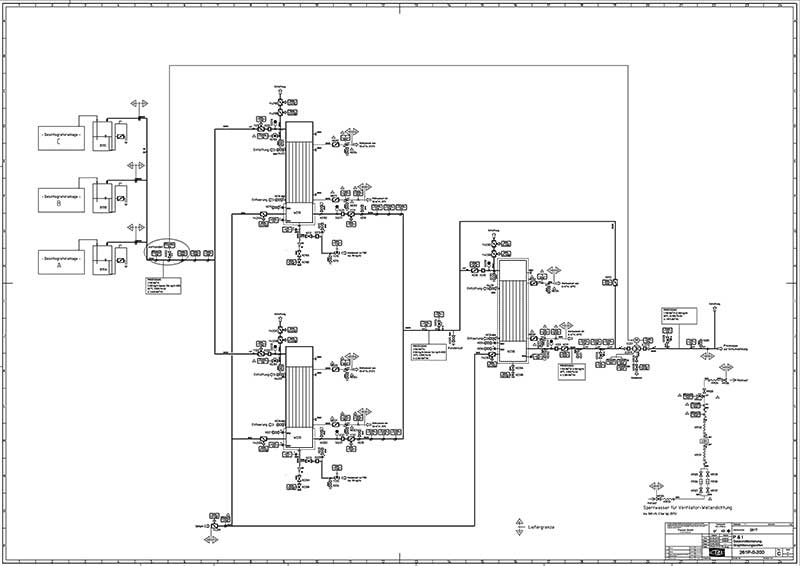
At both of the modified plant sections, all pipes were made of stainless steel. The vessels, ducting, piping, valves and diverse instrumentation were installed in confined area rated ex-zone.
The THEISEN engineered system was manufactured and assembled by Horn GmbH (Ratten/Austria). Close collaboration was required to optimally accommodate the stainless steel piping systems of the various media, i.e. process gas, process water, sealing gas and sealing water in the extremely restricted available space.
